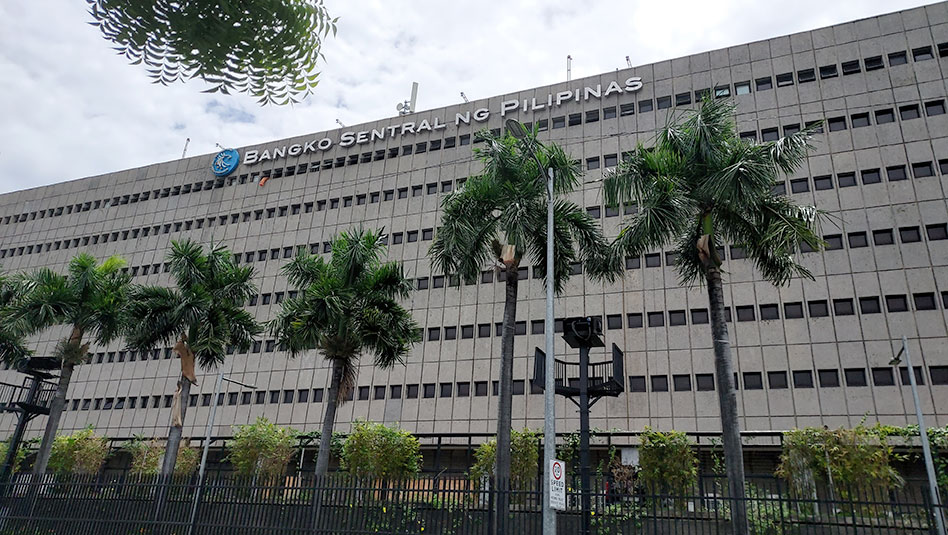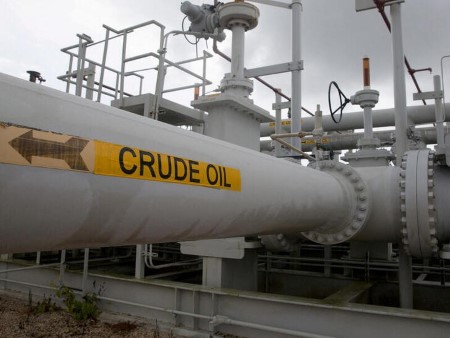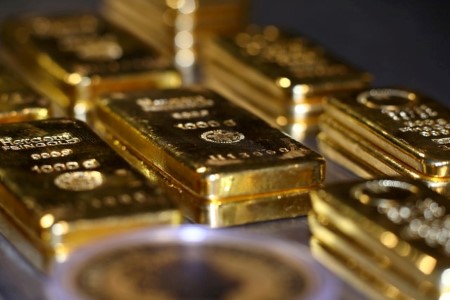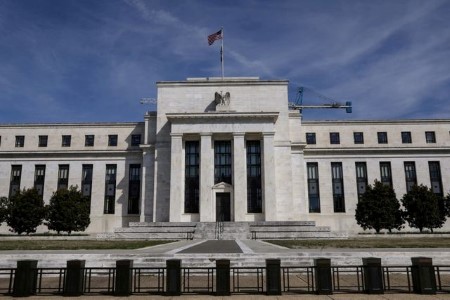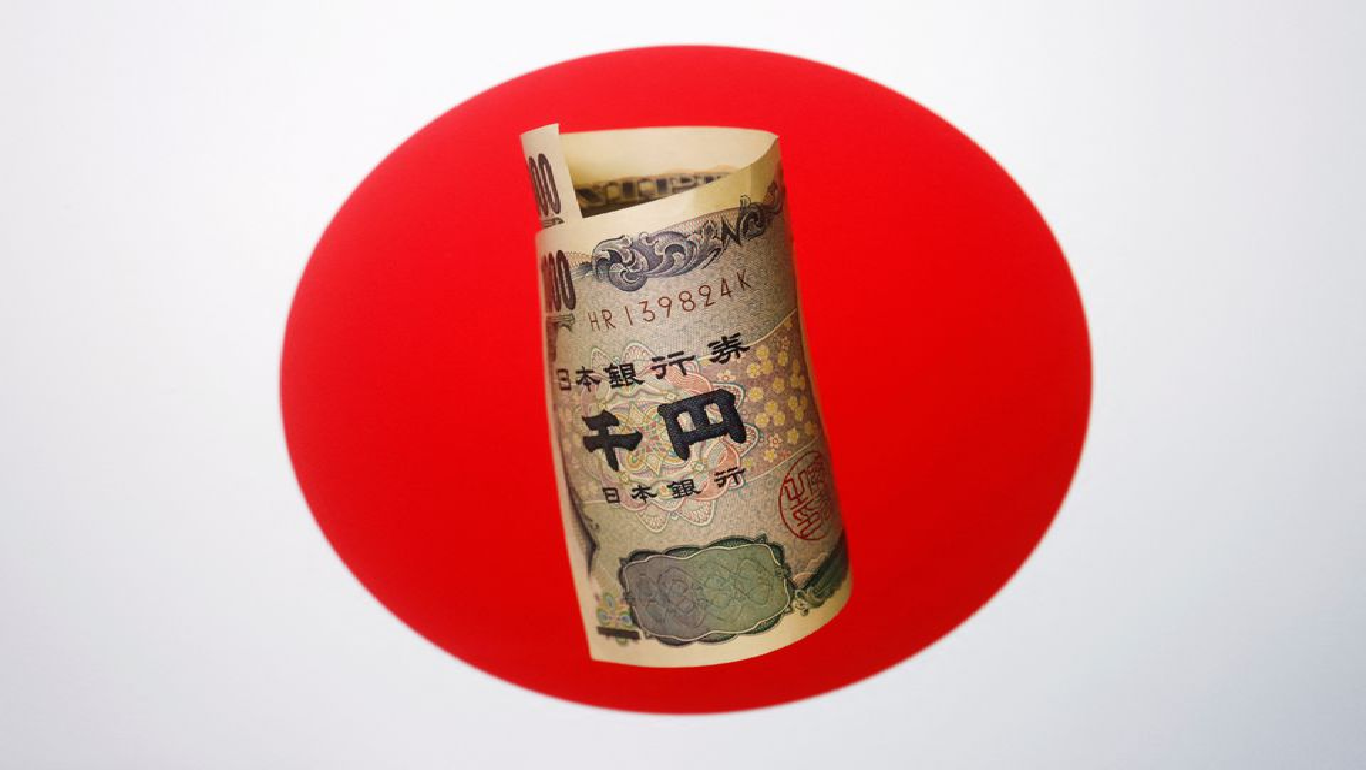SINGAPORE, Sept 13 (Reuters) – Oil prices rose in volatile trade on Tuesday as worries about tight fuel supplies ahead of winter offset investor concerns about lower demand in China, the world’s biggest crude importer, and further increases in US and European interest rates.
Brent crude had risen 50 cents, or 0.5%, to USD 94.50 a barrel by 0644 GMT, while WTI crude increased by 52 cents, or 0.6%, to USD 88.30 a barrel. Both contracts fell by more than USD 1 earlier in the session.
Worries over tighter inventories continue to support prices.
In the United States, the Strategic Petroleum Reserve (SPR) fell 8.4 million barrels to 434.1 million barrels in the week ended Sept. 9, the lowest since October 1984, according to data released on Monday by the Department of Energy.
US President Joe Biden in March set a plan to release 1 million barrels per day over six months from the SPR to tackle high US fuel prices, which have contributed to inflation.
US commercial oil stocks are expected to have fallen for five weeks in a row, dropping by around 200,000 barrels in the week to Sept. 9, a preliminary Reuters poll showed on Monday.
The American Petroleum Institute (API), an industry group, will issue its inventory report at 4:30 p.m. EDT (2030 GMT) on Tuesday. The US Energy Information Administration (EIA) reports at 10:30 a.m. EDT (1430 GMT) on Wednesday.
“We remain constructive on oil prices despite intensifying headwinds to demand, as the supply side remains supportive with slower-than-expected US output growth and a proactive OPEC+,” Amarpreet Singh, an energy analyst at Barclays, wrote a note.
Prospects for a revival of the West’s nuclear deal with Iran remained dim. Germany expressed regret on Monday that Tehran had not responded positively to European proposals to revive the 2015 agreement. US Secretary of State Antony Blinken said that an agreement would be unlikely in the near term.
Capping gains on oil prices on Tuesday were renewed concerns about lower global fuel demand, as China, the world’s second-largest oil consumer, continues to impose COVID-19 curbs.
The number of trips taken over China’s three-day Mid-Autumn Festival holiday shrank, with tourism revenue also falling, official data showed, as strict COVID-19 rules discouraged people from travelling.
The U.S. consumer price index (CPI) data is set for release at 1230 GMT on Tuesday. While expectations are that the core inflation rate may show a peak, the European Central Bank and the Federal Reserve are prepared to increase interest rates further to tackle inflation.
“The odds for the Fed to keep aggressive rate hikes will be strengthened if U.S. CPI comes out hotter than expected,” said Tina Teng, an analyst at CMC Markets.
That could lift the value of the US dollar against other global currencies and make dollar-denominated oil more expensive for investors.
(Reporting by Stephanie Kelly and Isabel Kua; Editing by Christian Schmollinger and Bradley Perrett)







 DOWNLOAD
DOWNLOAD

